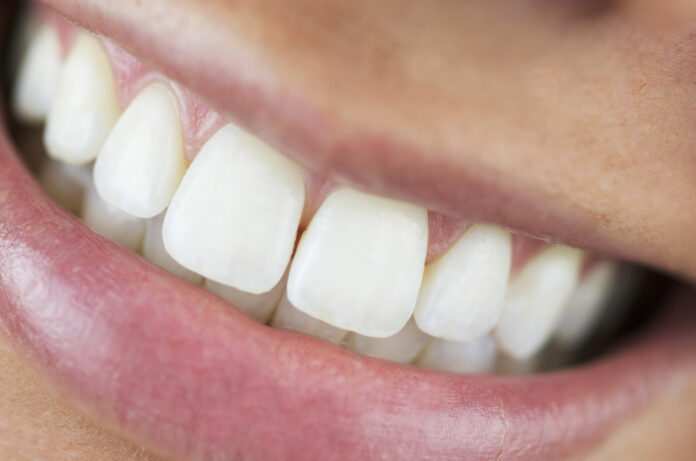Do you have perfectly straight teeth?
Chances are, you don’t, or at least your teeth incline one way or another. That is something most people have to deal with. This term is known as malocclusion or misalignment of teeth.
In malocclusion, the teeth could be pointed inward toward your tongue (an underbite), or outward away from your tongue, sometimes protruding beyond your lips (an overbite).
Regardless of whether you have an underbite or overbite, there are a number of things you can do to fix the problem. But first, let’s take a look at the differences between underbite vs overbite.
Underbite vs Overbite
An underbite is a condition where the lower jaw protrudes further than the upper jaw, causing the lower teeth to sit in front of the upper teeth. An overbite is a condition where the upper jaw protrudes further than the lower jaw.
As an effect, the upper teeth sit in front of the lower teeth. A severe underbite can cause jaw problems when it protrudes or sticks out.
In an overbite, the top teeth overlap the bottom teeth. A deep overbite is when the upper teeth bite so far over the lower teeth that they crowd or touch the gums on the roof of the mouth.
Of the two conditions, underbite is less common but can cause pain in the jaw and facial muscles, making it difficult to chew properly.
Causes of Overbites and Underbites
Dental problems like overbites and underbites are usually caused by genetics, but other things can also contribute to their development.
Most of these are related to childhood behaviors like thumb sucking, mouth breathing, teeth grinding or bruxism, and prolonged pacifier use (usually after the age of 3).
In other words, while underbites often “run in the blood,” they can be triggered or worsened by environmental factors as well.
Treatment
To fix underbite or overbite, the severity of the malocclusion will be considered. For a mild overbite or underbite, treatment may not be necessary.
If the overbite or underbite is more severe, treatment may involve wearing braces or other appliances to gradually move the teeth into their proper position.
Both types of bite correction can also be done through surgery, but it’s important to consult with a dentist to see which option is best for you.
Wrapping Up
If you’re trying to decide between getting underbite vs overbite correction, it’s important to understand the differences and similarities between the two.
Overbites are more common and can be caused by a variety of factors, including genetics. Underbites, on the other hand, are less common and are often the result of trauma to the jaw.
Looking for more informative articles on day-to-day subjects? Perhaps you want a guide on a new project or tips to improve what you already do. Either way, we have more in our blog, so keep reading!









